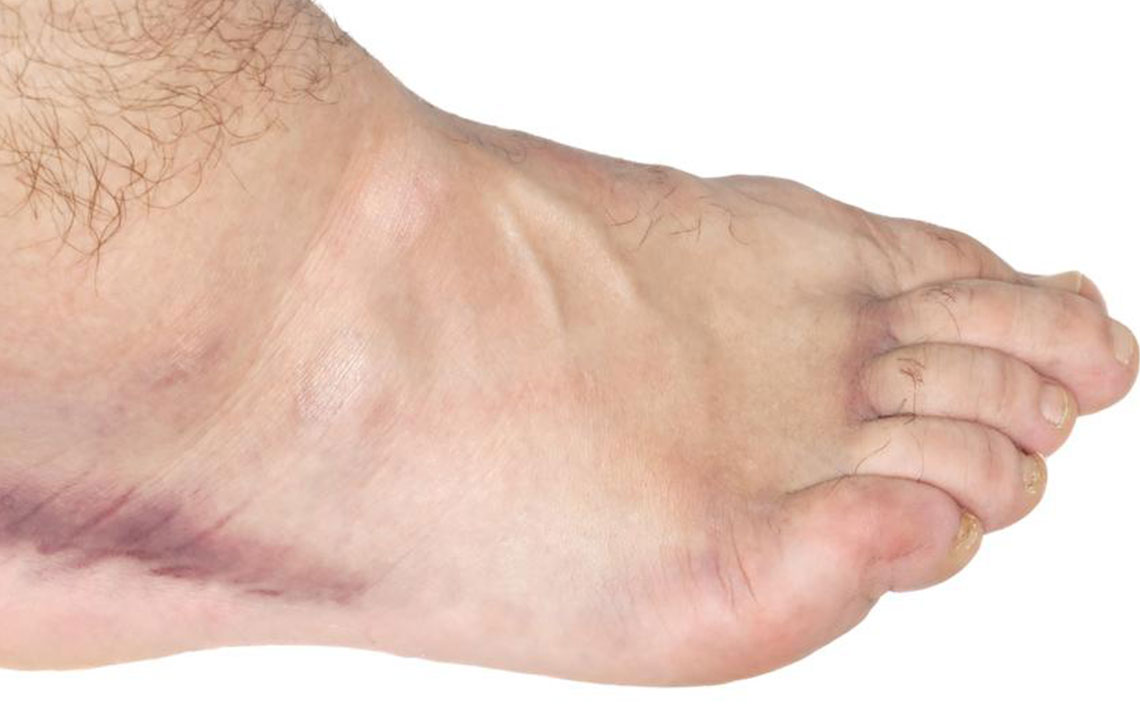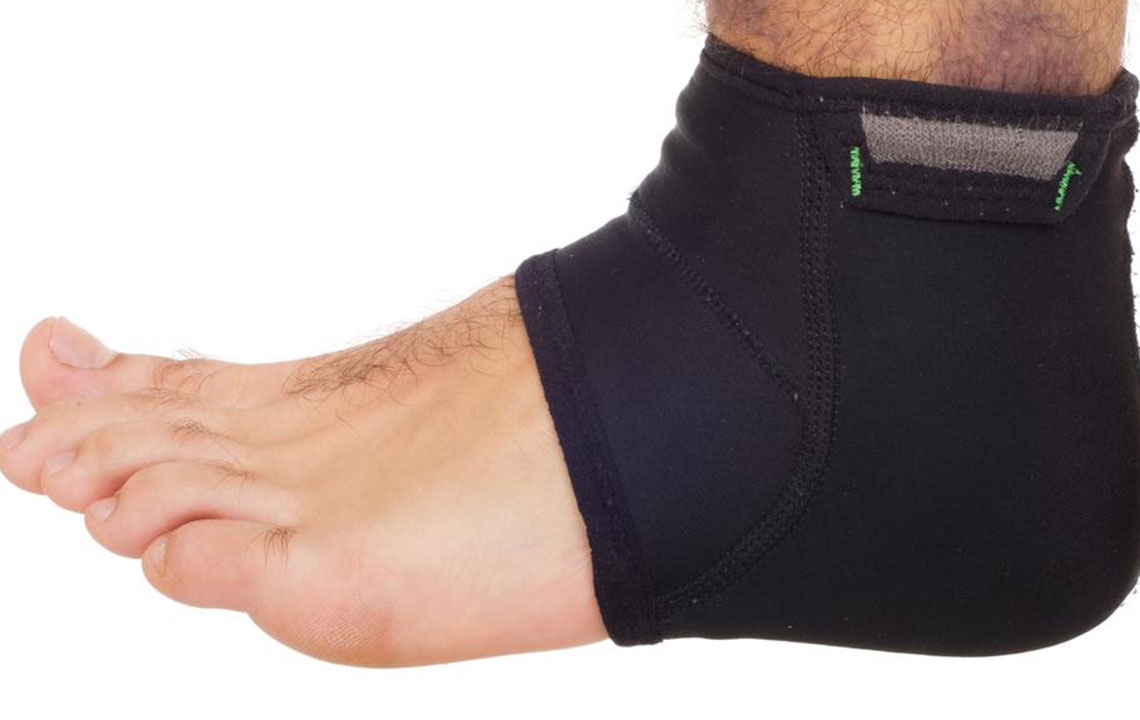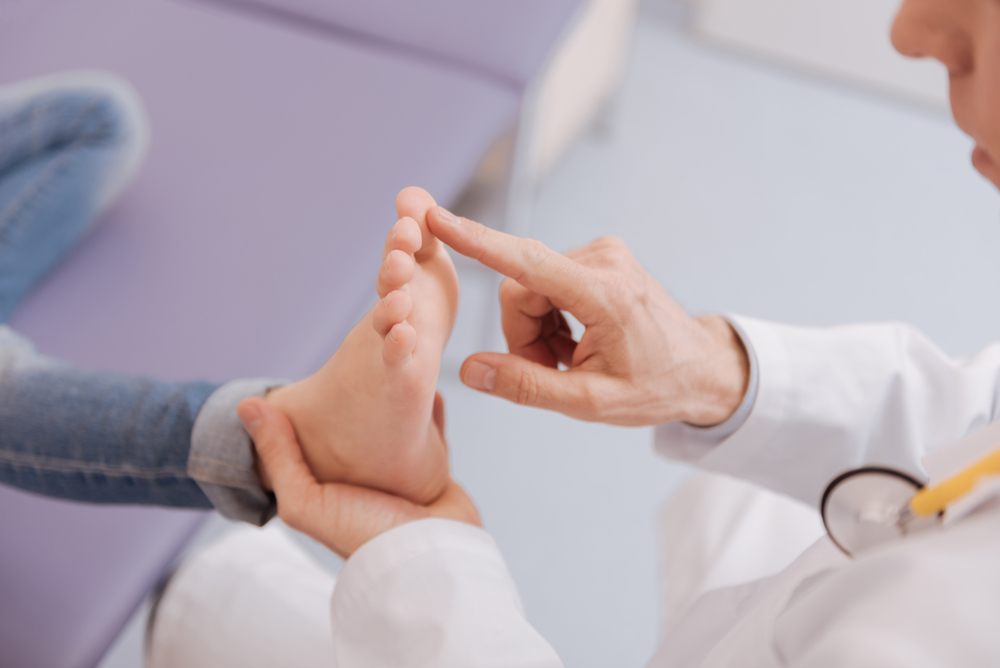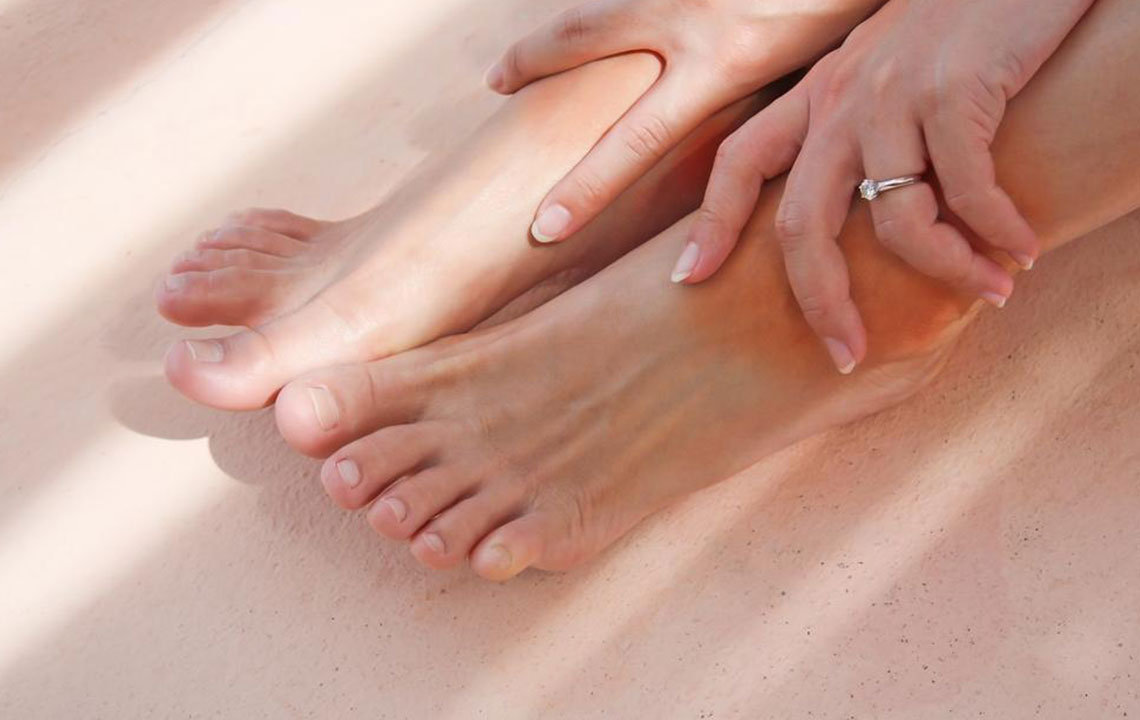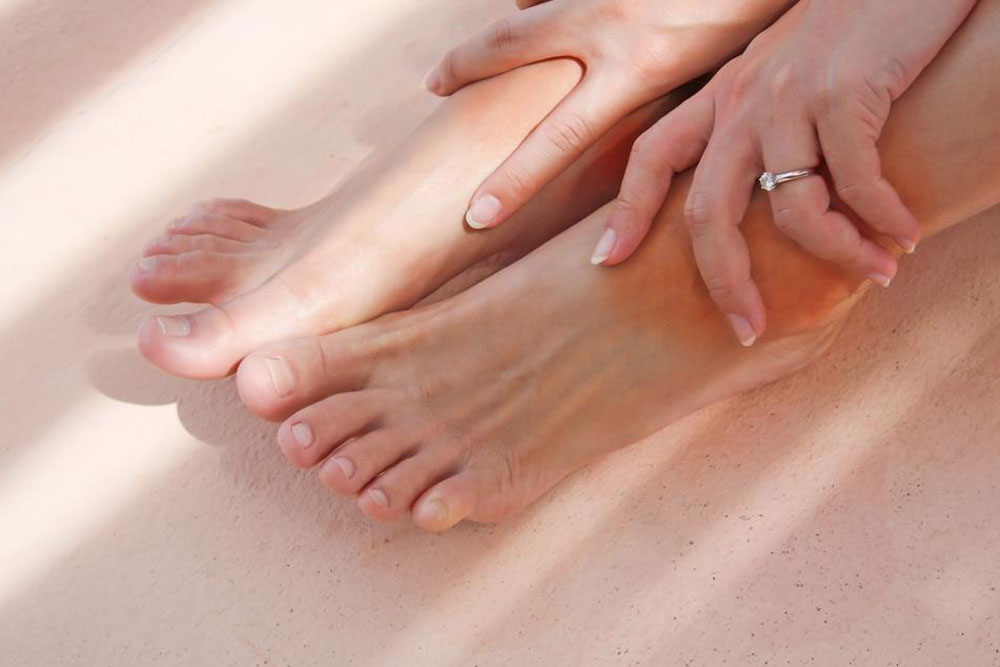Effective Strategies to Reduce Limb Swelling
Discover effective approaches to reduce swelling in limbs, including compression therapy, elevation, dietary tips, and medical options. Learn how to identify when swelling needs professional attention and manage symptoms naturally and safely for improved comfort and health.
Effective Strategies to Reduce Limb Swelling
Prolonged standing or sitting can often lead to swollen feet and legs. However, if swelling persists alongside other symptoms, it might signal an underlying health issue. When home remedies fail to reduce swelling, consulting a healthcare provider for medical treatment is advisable. Recognizing common do’s and don’ts can help manage discomfort and prevent further complications caused by sudden or ongoing swelling.
Top Methods to Alleviate Swollen Feet and Legs
Use Compression Garments
Compression stockings are highly recommended for treating limb swelling. Available online and at retail stores, they provide graduated pressure to improve circulation. Selecting a level between 12-20 mmHg, based on professional advice, can offer optimal relief, especially for travel or sports. Starting with lightweight options and progressing as needed can enhance comfort and effectiveness.

Elevating your legs above heart level can significantly reduce swelling by aiding fluid drainage through gravity. Use pillows, stools, or resistance yoga poses like legs-up-the-wall to facilitate this process. Regular elevation helps improve circulation and reduces inflammation.
Soaking feet in Epsom salt baths can also be beneficial. Epsom salts contain magnesium, which is absorbed through the skin, helping to decrease swelling and soothe inflammation—especially useful if magnesium deficiency contributes to your condition.
Some medications called diuretics can promote urination, aiding in the removal of excess salt and fluid from the body. Types like potassium-sparing, loop, and thiazide diuretics are used depending on the cause of swelling, such as heart failure or other health issues. For injury-related pain, over-the-counter anti-inflammatory remedies can provide relief. Those with infections like cellulitis should seek professional medical advice for proper treatment. Managing underlying conditions is essential for long-term relief.
Maintaining proper hydration by drinking at least eight glasses of water daily prevents fluid retention. Dehydration causes the body to hold onto water, leading to swelling. Frequent movement—including short walks and ankle flexing—helps promote circulation and prevent fluid stagnation. Gentle massages or lymphatic drainage techniques can further encourage lymph fluid drainage, reducing swelling naturally.
In cases where non-invasive measures are inadequate, medical procedures such as vascular surgery might be necessary to remove blockages and improve blood flow. Incorporating magnesium-rich foods like dark chocolate, spinach, dairy, whole grains, beans, nuts, and seeds into your diet may also help mitigate water retention caused by magnesium deficiency.
Understanding the causes of limb swelling is important, as it often results from fluid buildup, infections, or injury. Ignoring persistent pain or worsening swelling can worsen the condition. Early consultation with healthcare providers ensures proper diagnosis and treatment for effective management and relief.

